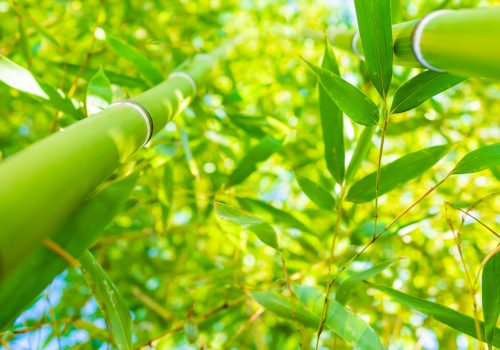IDENTIFICATION
Did you spot something that you think might be an invasive plant? Use our FREE identification service to quickly find out.


Information on the UK’s most common invasive plant species that we control.
Legislation and government directives place a growing emphasis to control the spread of invasive plants in the UK. As a result, we are seeing increasing requirements for other invasive weed control work, or INNS control.
There are many plants which are known to be invasive. These include Invasive Non-Native Species (INNS) that have been introduced from other countries and can spread, causing damage to the environment, the economy, our health, and the way we live.
Certain of these species are listed in Section 14, Schedule 9, part II of the Wildlife and Countryside Act 1981. In the main, it lists species that are already established in the wild, but which continue to pose a conservation threat to native biodiversity and habitats.
Others are listed under the Weed Act 1959 as ‘injurious weeds’.


A review of the group's achievements from 2024 and looking ahead to the contracts secured for the coming year.

Our group Company Day was a great event where we reflected on our achievements in 2024 and our strategic direction for the future.